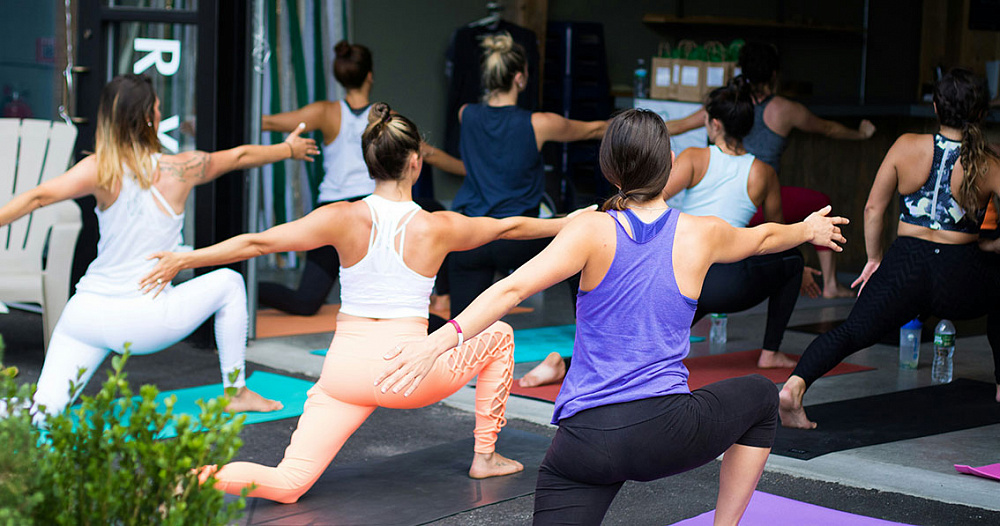Physical therapy is the most important part of rehabilitation after any operations on the structures of the musculoskeletal system. Although damaged tissues heal on their own, it is important to do exercises to restore muscle strength and range of motion in the joint. The complex is selected individually for each patient. At Dr. Waqas Javed’s Clinic, you can work out with a personal physical therapy instructor.
General recommendations before starting training
At Dr. Waqas Javed’s Clinic, all surgeries for knee meniscus injuries are performed using arthroscopy. Arthroscopy is a minimally invasive technique that involves performing the intervention through several punctures.
Therefore, after you have had a partial meniscus removal, recovery will not take long. It will be faster than after other surgeries. In a week or two you will be able to walk without crutches, and in a month and a half you will feel healthy. In three months you will return to the previous functional state that was before the meniscus injury and surgery.
The exercise program begins 2-7 days after surgery. This approach varies from clinic to clinic. The time to start training also depends on the patient’s condition and the specifics of the surgery performed.
Before beginning any exercise involving the knee, it is important that most of the swelling has gone down and that the patient is not in severe pain, although some mild discomfort in the operated limb is possible.
When choosing exercises, determining the intensity and frequency of training, the general condition of the patient is assessed, the rehabilitation phase is taken into account, as well as the actual condition of the knee joint.
What to pay attention to during exercise
You should pay attention to your own feelings. If any exercises cause pain or discomfort, tell the instructor about it.
At the same time, you shouldn’t be afraid to do exercises even in the first days after surgery. Your knee is not as fragile as you might think. Even if you do something wrong, it doesn’t mean that the tissues inside the knee won’t heal or that you’ll have to have another surgery. Therefore, you should train with sufficient intensity, but at the same time avoid exercises that are not yet acceptable given the rehabilitation phase. For example, it is necessary to choose the right time to add dynamic exercises to isometric exercises, introduce exercises with an expander, with weights, with axial load on the knee joint, etc.
An experienced instructor knows which exercises will be useful in a particular period of rehabilitation. Just follow his advice, and the recovery will go smoothly, with good functional results.

Exercises in the first 3-7 days after surgery
During the first week, you can only walk with support devices such as crutches. Exercises that involve bending the knee joint are not allowed for several days.
In the first 3-4 days after the operation, the patient is shown isometric exercises. This means that he tenses the muscles to maintain their tone and improve blood circulation.
Examples of such exercises that do not involve the knee joint:
- A man sits on a bed. He lifts his leg off the floor and moves it 30 cm to the side. Then he returns it to the starting position.
- Lying on the bed, the person raises the straight leg 15 cm, holds it for 10 seconds, and then lowers it.
Since immobilization of the knee joint is not required during the rehabilitation period after meniscus resection, dynamic exercises can be done after 4-5 days, if they do not cause severe discomfort. Examples of such exercises:
- A person lies on a bed. He bends his leg and pulls his heel towards himself. Over time, this exercise can be made more difficult: not only pull the heel towards yourself, but also lift it.
- The man sits on the edge of the bed. He bends his knee and smoothly relaxes the muscles of the thigh.
Exercises for 2-4 weeks after surgery
From 2-3 weeks, the training possibilities are significantly expanded, as the surgical wounds heal. A person can do the following exercises:
- Lying on his back, he lifts his leg and rotates it four times. He lowers it and rotates the other leg. He does 10 repetitions on each side.
- Lying on the stomach, the person bends the legs at the knees and lifts the hip.
- Lying on his stomach, the patient moves his straight leg back.
- Lying on your stomach, bring your bent knee to your chest.
These are just examples of exercises that are not a complete recovery program. The program can include dozens of types of exercises, and the complex should be selected individually.
Exercises for 6-12 weeks after surgery
From the sixth week, the functional recovery period begins. You can do almost any exercise, since all the tissues in the knee have already recovered. Now the task is to build up muscles and fully restore joint mobility, if the full range of motion has not yet been achieved.
Possible exercises:
- Lying on his back, a person imitates riding a bicycle.
- The patient sits on a chair. He makes movements with his legs as if he were swimming breaststroke.
- A person grasps small objects with his toes and holds them for 5 seconds.
You can now do exercises with an expander. It is secured to the lower third of the shin with a loop. The other end is attached to a support. The optimal load (expander resistance level) for most people is medium.
Examples of exercises with an expander:
- A person stands and bends his leg at the knee, touching his heel to his buttock.
- Bends legs at the knees while lying on stomach.
- The patient abducts his leg while standing.
During the functional period, you can also train with weights, for example, doing shallow squats with a barbell on your back or lifting weights with your legs while sitting on a chair and bending your knees.






